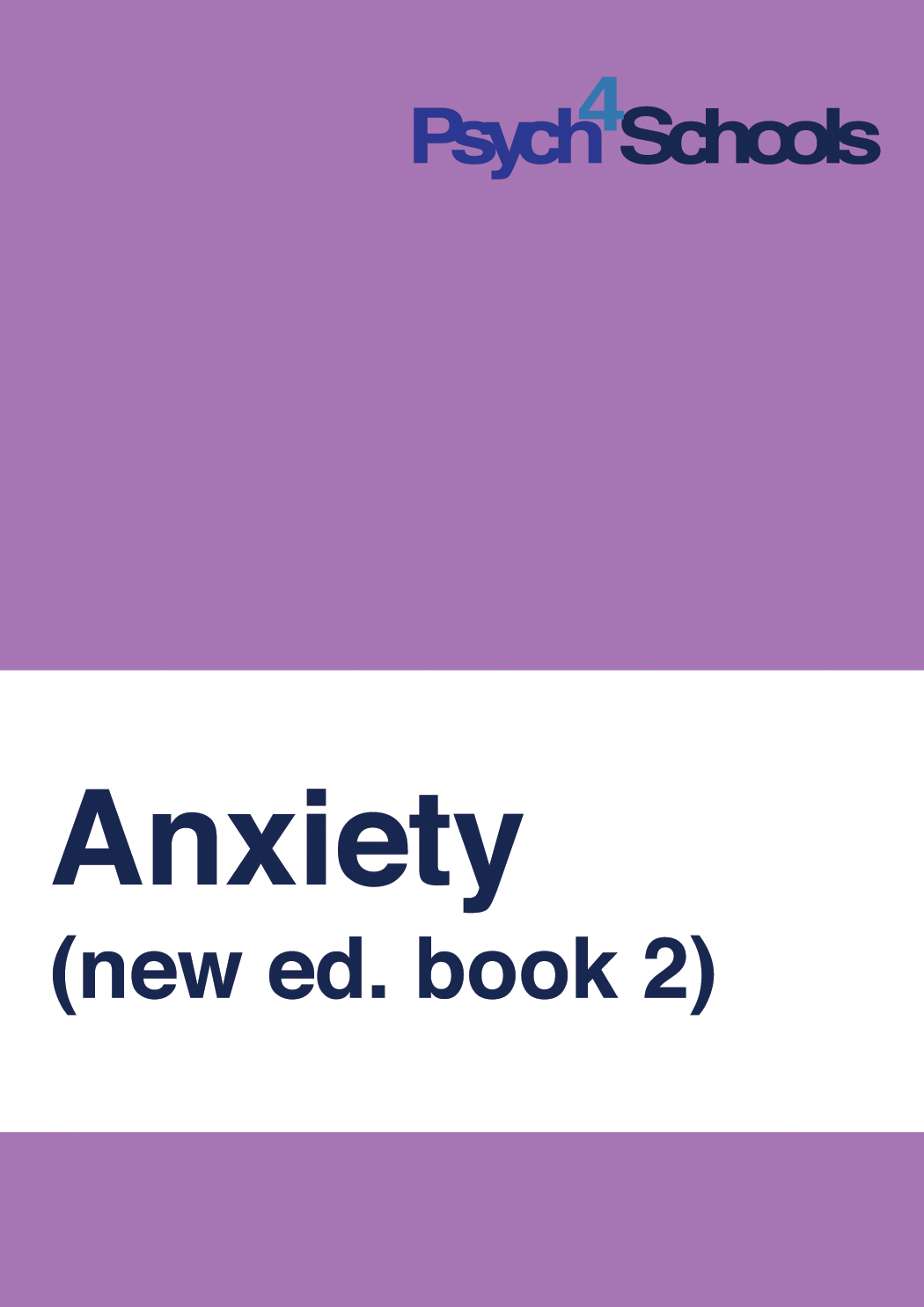Selective mute
The following is an excerpt from the ebooklet Working with children who are selectively mute by Murray Evely and Zoe Ganim.
Introduction
Selective mutism is typically associated with extreme social anxiety.
It is not that these children refuse to talk, but their anxiety is so great they are unable to speak.
These children usually display avoidance behaviours similar to social phobia and/or use gestures to communicate. They may display limited eye contact, fidget, use blank or excessive facial expressions and be physically withdrawn from social situations. These behaviours should not be interpreted as disinterest or a lack of willingness to engage with others. Rather, such behaviours help these children to manage extreme anxiety associated with speaking in the classroom or difficulties in processing social cues.
Characteristics of children who are selectively mute
Children who are selectively mute:
- are often able to speak at home with their family or with specific family members
- are unable to speak in particular social situations such as at school
- generally have normal speech and language skills
- can appear shy
- usually fear social embarrassment
- may have one overprotective parent and one domineering or strict parent
- experience internal psychological conflicts
- may have experienced some previous upheaval or upsetting life event.
When to seek further assistance
The child with selective mutism is typically treated by a speech pathologist in conjunction with a psychologist, and the child’s parents and teacher. If a child has not spoken in your classroom for one month or more, it is essential to refer them to a speech pathologist or psychologist. This enables a formal diagnosis to screen for any other anxiety disorder or speech and language difficulties. Parental consent is required for referral to each professional.
If untreated, selective mutism can become self-reinforcing. Some children may regress and stop talking in situations where they were previously comfortable. Children may be selectively mute for months and, in some cases, years if the condition is left untreated. The shorter the period of selective mutism, the better the outcome for the child. The likelihood of full resolution drops dramatically once the mutism has persisted for 6–12 months.
Caution
To be diagnosed with this condition, a child must be unable to talk in a specific social situation, such as the classroom, for at least one month. Children who are commencing school or who have moved to a new school should be given more time before considering them to be selectively mute, as they may be exhibiting extreme shyness. In addition, the effect of limited English speaking skills or cultural issues must be considered for children who have a non-English-speaking background as speaking in English may be difficult or uncomfortable for them. This is not considered selective mutism. Note: Children who are selectively mute are sometimes mistakenly labelled as autistic.
Strategies to support the child who is selectively mute
- Refer the child, via their parents, to the school’s psychologist or speech pathologist. It is essential to refer the child to an appropriate professional, as untreated selective mutism and other associated conditions can continue into adolescence and adulthood. Parental consent for referral is required. Follow any recommendations made by these professionals.
- Build trust and be positive with the child.
-
- Where possible, arrange for an adult or trusted friend to spend consistent time at school with the child several times a week, playing non-verbal activities or games with them. This will help develop the child’s confidence in interacting with at least one adult, teacher or trusted friend at school.
-
- Let the child know that you believe they will speak to you when they are ready and feeling more comfortable in the classroom. Tell the child they are not alone, that other children their age have found it hard to speak at school.
-
- Use positive language with the child, such as ‘Some children find it hard to talk, even though they really want to. It was scary for them but they got to talk with some help, and you will too.’
-
- Find children who will play with the child at break times, as resolution of the condition is usually, but not always, accompanied by improved relationships.
- Use pairs or small-group work. Select peers who will encourage the child to interact. Young children can hold hands when walking, older children can play a game in a small group, use the ‘pair–share strategy’ in discussions, or use a buddy or the peer-support approach when working in a small group. In addition, set up penpals or email-pals with a child in another class.
- Ensure self-care skills are developmentally appropriate. If the child appears to lack confidence or independence in daily living skills, such as carrying their own school bag, eating lunch, looking after personal belongings or putting books and materials in appropriate locations, then support consolidation of these basic skills. If a parent is doing these activities for the child, then speak to the parent privately about the importance of the child doing these tasks to build independence and confidence.
ISBN 978-1-921908-19-4
Copyright © Murray Evely and Zoe Ganim 2012
No part of this excerpt may be reproduced or reprinted without permission in writing from the publisher.
Click here to read copyright details, summary of the licence and terms and conditions to use and reproduce our digital materials granted to authorised users.
This article is an excerpt from the ebooklet Selective mute.
Download the complete ebooklet for full access to strategies and resources, including:
- When to seek further assistance
- General strategies for working with these children
- Building trust and positive relationships with the child
- Communication ladder
- Encouraging speech in the classroom
- Communication systems.





